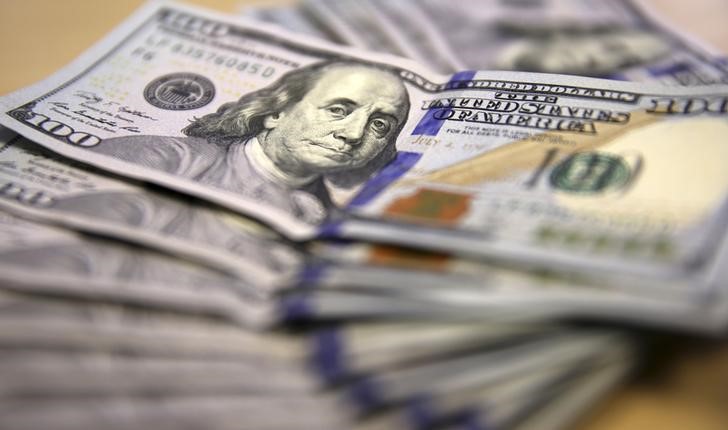
Focus this week is also on a Reserve Bank of Australia meeting, and a meeting of China’s National People’s Congress, with the latter set to provide more cues on fiscal stimulus.
Regional currencies benefited from weakness in the dollar, with the dollar index and dollar index futures both falling about 0.6% each in Asian trade. The greenback was dented by softer-than-expected nonfarm payrolls data on Friday, which showed the U.S. labor market was steadily cooling.
Uncertainty before the U.S. election also weighed on the dollar, as polls showed a tight race between Donald Trump and Kamala Harris, with voting set for Tuesday.
Additionally, markets were also positioning for a 25 basis point cut by the Fed later this week.
The Japanese yen’s USDJPY pair fell 0.9%, retreating from recent three-month highs. The yen also benefited from a somewhat hawkish message from the Bank of Japan last week.
The Chinese yuan’s USDCNY pair fell 0.4% from near two-month highs, with focus turning squarely to a meeting of the Standing Committee of the NPC that begins from Monday.
The NPC is widely expected to outline plans for more fiscal spending, with recent reports suggesting the body could approve $1.4 trillion in additional debt over the coming years.
More cues on fiscal spending will be closely in focus, as Beijing struggles to shore up slowing economic growth. While the government had outlined a slew of stimulus measures in the past month, they failed to inspire much confidence among traders.
Purchasing managers index data for October, released last week, also showed little improvement in Chinese business activity.
The Australian dollar firmed sharply on Monday, with the AUDUSD pair surging 0.8% before an RBA meeting.
The central bank is widely expected to keep interest rates unchanged on Tuesday, and is likely to signal no changes to rates, at least in the near-term. Analysts at Westpac and ANZ expect the RBA to only cut rates by February 2025.
A hold by the RBA puts it in contrast to other major global central banks, which mostly kicked off easing cycles earlier this year. This trend offers some strength to the Aussie.
Broader Asian currencies were mostly upbeat as the dollar retreated. The Singapore dollar’s USDSGD pair sank 0.7%, while the South Korean won’s USDKRW pair shed 0.6%.
The Indian rupee lagged, with the USDINR pair falling only 0.1%, and still remaining above 84 rupees.
To read the full article, Click Here

